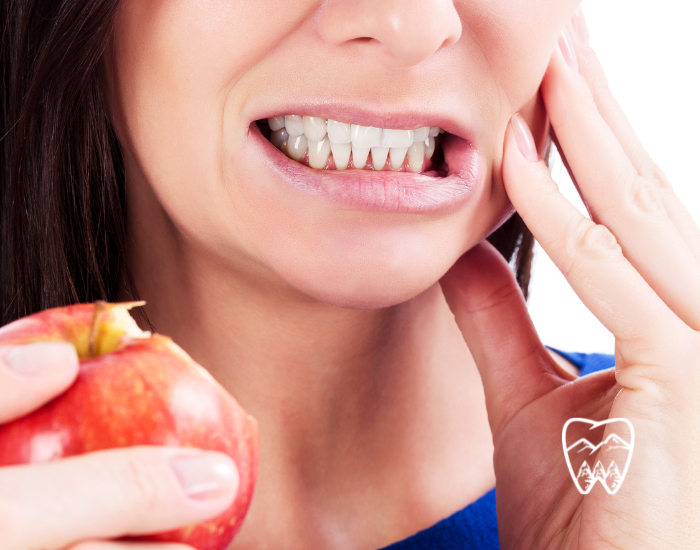Benefits of Dental Implants

Our teeth are often taken for granted. It is not until we begin to feel pain or lose a tooth that we take our oral health seriously. But once your dental health has gone awry, things can start to spiral out of control quickly. Dental problems such as cavities, tooth decay, and periodontal disease become evident. If left untreated, tooth infections and tooth loss will eventually occur. Unfortunately, your dental problems won’t stop there, which is why it’s crucial that you see a Parker, CO dentist for restorative dentistry treatment. Dr. Chris Green, the best dentist in Parker, CO may recommend dentures, dental bridges, or dental implants. Below, we share some benefits of dental implants.
Why You Should Consider Dental Implants
Dental implants offer many benefits. Dentists everywhere agree that this restorative solution is perfect for those looking for a long-term treatment that looks and feels natural. Below are some top reasons why you should consider dental implants.
- Replace missing teeth and retain the integrity of your dental structure
- Protect and brace the adjacent teeth to prevent them from getting loose
- Provide strong anchors for bridges and other dental supplies
- Are more convenient than dentures and make it much easier to eat and talk
- Are more appealing and normal than dentures
- Easy to manage with regular dental hygiene
- Help you escape the humiliation and the difficulty of having to remove dentures
- Oral surgery has a high success rate, with a fast recovery time
- In one day you will leave our office with a brand new set of teeth
- Dental implants last for decades and have long-lasting elegance and comfort
Am I a Candidate for Dental Implants?
You may have learned that not all individuals are good candidates for dental implants, and many people are doomed to wear painful, loose-fitting dentures for the remainder of their lives. The good news is that the science and technology behind dental implants have advanced immensely over the last 10 years, and implants are increasingly becoming the industry norm for the correction of dental problems for many more patients. Dental Implants Grand Junction specialist, our friend Dr. Helgerson says that nowadays, anybody can be a successful candidate for dental implants. Dental implants are increasingly replacing dentures and dentures as the modern care of choice between physicians and patients alike.
Visit a Restorative Dentist in Parker, CO
If you live in Parker, Colorado, and you have loose teeth, crowns, partials, or dentures that you would love to replace with dental implants, visit our tooth repair Parker CO dental team. Our well-experienced team is available to answer any questions or concerns you may have about replacing missing teeth with our teeth in a day Parker procedure.
At Green Dental Care, our team of trained oral specialists will offer dental implants and extensive oral restorative treatment to patients in Parker, CO who want to restore natural tooth function by replacing missing teeth with fixed implants in order to achieve and sustain a healthy, natural-looking smile. Contact us today!












